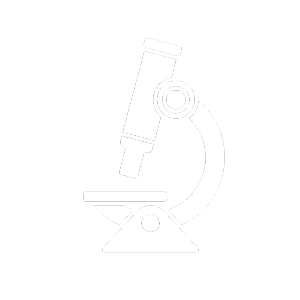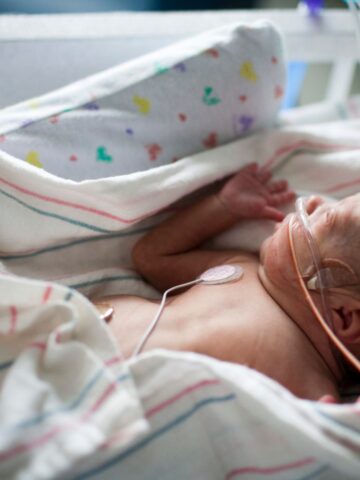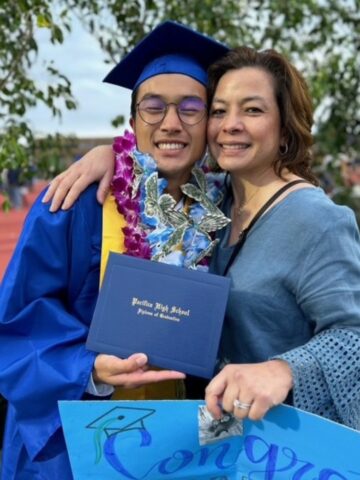Alireza Mousavi, a CHOC research affiliate and post-doctoral mechanical engineering scholar in CHOC Vice President and Chief Scientific Officer Dr. Terence Sanger’s lab at UC Irvine, got a big surprise near the end of his recent four-country swing through Europe.
Mousavi toured France, The Netherlands and Spain after attending the 5th Annual Brain Stimulation Conference in Lisbon, Portugal, Feb. 19-22, 2023.
After Mousavi ended the business portion of his travels, Dr. Sanger notified him that a poster he had presented about signals in deep regions of the brain during sleep and wakefulness had won the top award out of more than 650 submissions at the international conference.
“I was quite surprised,” says Mousavi, who is applying his expertise to one of Dr. Sanger’s top research areas, the use of deep brain stimulation (DBS) on patients with movement disorders.
CHOC is at the forefront of DBS research. And although the number of DBS patients is relatively small, Mousavi’s work could have implications for the hugely broad field of sleep disorders, Dr. Sanger says.
Mousavi’s research is an example of how studies at CHOC in relatively rarified areas could lead to breakthroughs that potentially could affect millions.
“DBS is a very exciting technology that gives us the ability to improve how children’s brains work, think, and control movement,” Dr. Sanger days. “I am very pleased that Alireza’s important work in this area has been recognized, and I am excited to see the progress we are making with this technology.”
A valuable dataset
DBS is a surgical treatment for uncontrolled movements that involves the placement of electrodes in the brain and wires that connect to a stimulator device in the chest. The device sends impulses to the electrodes that tell the brain to stop or minimize uncontrolled movements throughout the body.
At CHOC, DBS treatment is being used on patients with epilepsy and movement disorders such as dystonia.
Based on the work being done by Mousavi and others in Dr. Sanger’s lab, DBS could lead to a better understanding of the origins of sleep disorders as well as possible treatment.
To date, CHOC has performed DBS treatment on some 40 patients. Because each patient’s brain is monitored around the clock for a week, CHOC has amassed a vast amount of such data unavailable at any other pediatric healthcare system, according to Dr. Sanger and Mousavi, who joined the Sanger Lab in June 2021.
Such data could hold clues as to what causes sleep disorders, such as insomnia or parasomnia, and potentially how to treat them.
“When I presented my poster,” Mousavi says, “a lot of people stopped by to ask questions. This is a very valuable dataset that will be very helpful in the field.”
Based on data culled from two DBS patients at CHOC, Mousavi and three of his colleagues in the Sanger Lab – Ph.D. students Sina Javadzadeh and Yun Sun, and researcher Jaya Nataraj – found that the level of neural activity in all recorded regions of the brain changes over night; specifically, that neural activity decreases from wakefulness to sleep and increases from sleep to a wakefulness state.
Such a finding has long been known about shallow areas of the brain and theorized about deep areas including the basal ganglia and thalamic regions. Mousavi says his work is the first to back such theories with data.
“For a long time,” he says, “researchers have been trying to get this data but have been limited until the modern technique of DBS has made it possible.”
Mousavi’s research at UCI focuses on studying large-scale brain network models using intracranial recordings from basal ganglia and thalamic regions along with scalp recordings (EEG). Using tools from control theory, computational modeling, neuroinformatic platforms such as The Virtual Brain (TVB), and experimental design, he aims to understand the mechanism of DBS mechanism and to optimize DBS procedures for children with movement disorders.
Mousavi says he and his colleagues will write a research paper after they study data from more CHOC DBS patients that will build on the preliminary findings he presented in his poster in Portugal.
“A lot of collaboration opportunities opened up at the conference, including sleep studies with scientists in London,” he says. “There’s a possibility we will be able to better define sleep stages using intracranial recordings from the basal ganglia and thalamic regions in future studies.
“This is a very new area of research, but if we can prove some sleep disorders originate from deep parts of the brain, maybe DBS could help treat sleep disorders.”

Learn about pediatric research and clinical trials at CHOC




